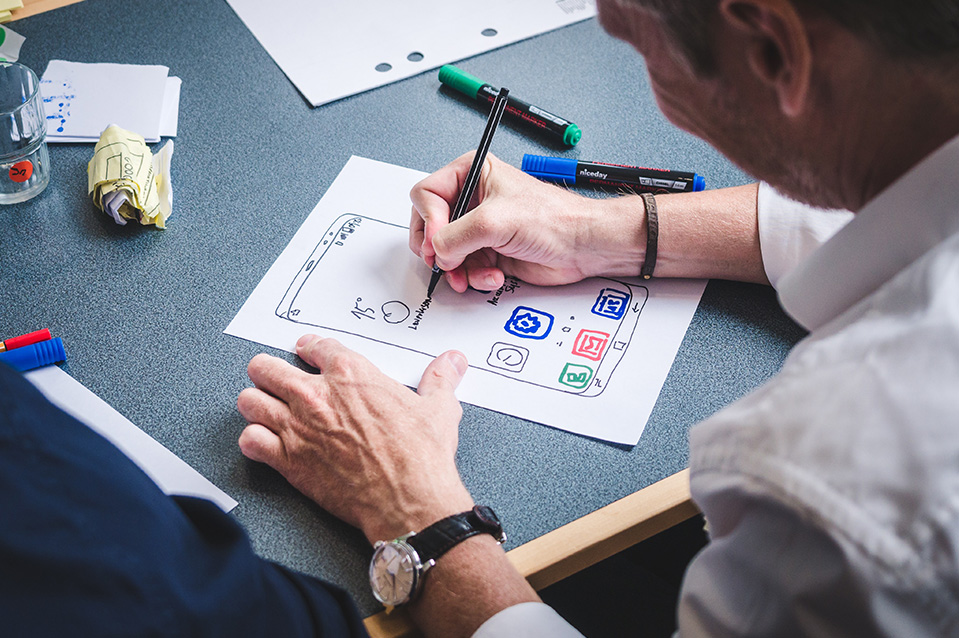Creating a Prototype: 4 Tips Product Developers Need to Know
There comes a time when every creative needs to get some external help.
It’s inevitable that someone who is comfortable brainstorming and coming up with ideas will need to get expertise and engineering knowledge at some point. Some of us are creatives, some of us are technical, practical people with the attributes to bring ideas and concepts to life.
As a product developer, once something has been fleshed out from the idea stage, it is time to turn it into a reality with a prototype. This is perhaps the most exciting part of any journey to market; seeing your idea come alive. Of course, as we explained in a recent article on ‘Why is Making a Prototype So Important in the Design Process’, this might not be the end of the prototype stage, it is perhaps the most important aspect of developing a product, as well as the most exciting.
When creating a prototype there are a few things to keep in mind, four of which we explore below.
Perfecting the design
One of the most common mistakes product developers make is trying to create a prototype with too many parts or something that isn’t entirely practical. The design process is critical here and if you think you’ve got it covered, go back and check again.
Starting with your mockups on paper, ensure that your prototype is going to be practical. It is easy to get blinkered by your own ideas and concepts, so perhaps let trusted friends run their eye over your plan. Could you cut down on parts, and cost? Is your concept viable from the start?
Choosing the right material
The modern age has presented designers and product developers with a host of materials and processes by which to arrive at a final product, but how do you land on the right one? It makes perfect sense to make a non-functional, physical mock-up using 3D printing material that is best for the product. By designing something in CAD, you can then have something physical to hold in your hand to assess more thoroughly before progressing.
Fictiv notes that ABS is one plastic material commonly used in 3D printing, as it is cost-effective with post-processing options that can offer a better surface finish. However, prototype materials should be the same materials, or as close as you can get, to those you intend to use in the final product.
Choosing the right company
Plenty of companies out there offer prototype solutions, but you have to make sure you choose the right one for you. Business News Daily explains how developing an idea for a product is pointless if you can’t adequately produce it. When you find a potential company to produce your idea, perhaps ask to see samples. This will allow you to make sure that your prototype will be of high quality and accurately represent your design.
Funding
You might have the idea and the drive, but do you have the funds to take a prototype to market? This is certainly something to consider, perhaps right at the start of the process. If you don’t, there are plenty of ways to raise funds as an Entrepreneur article delves into, but it is better to address this prior to getting to the prototype stage.

Recent Comments